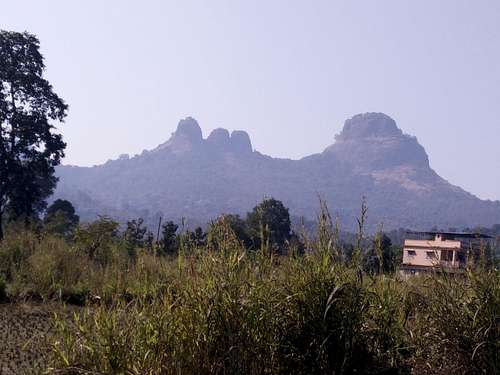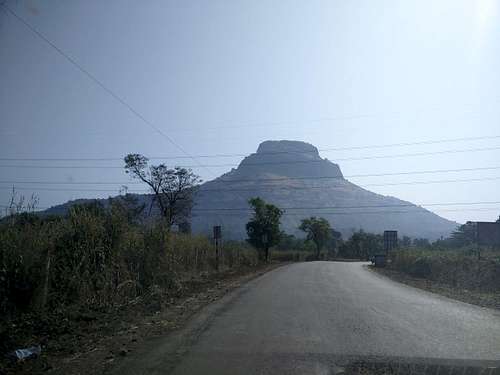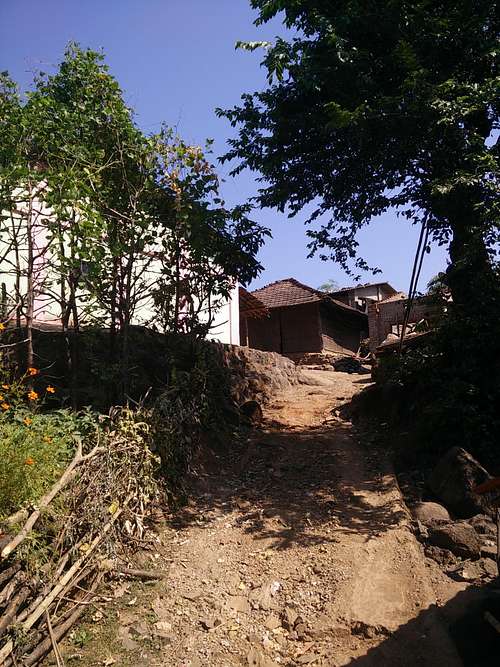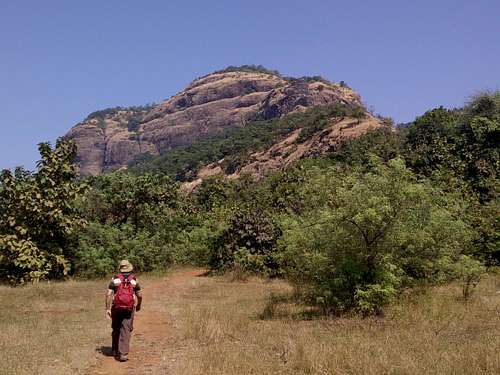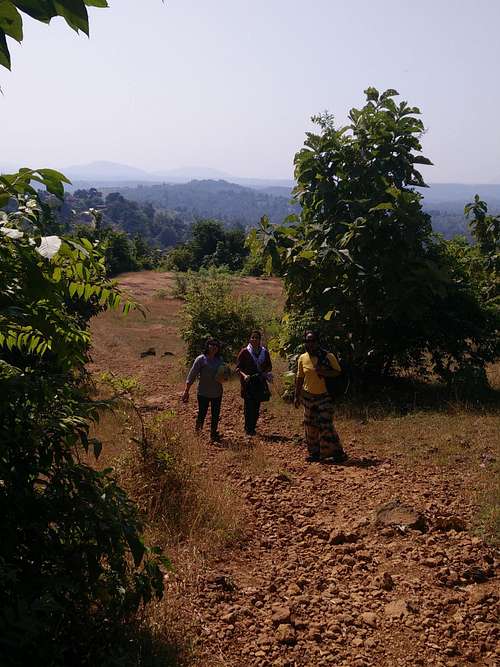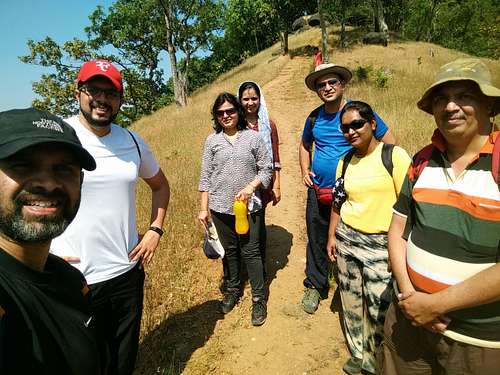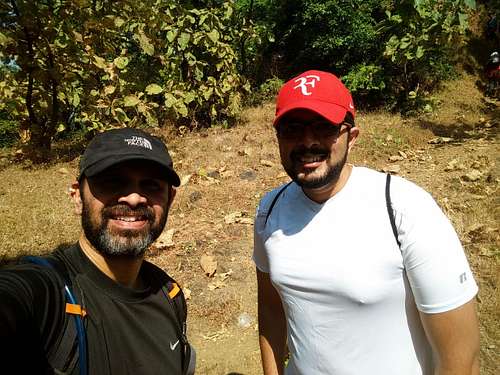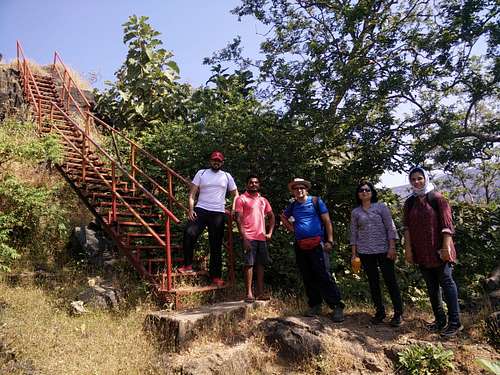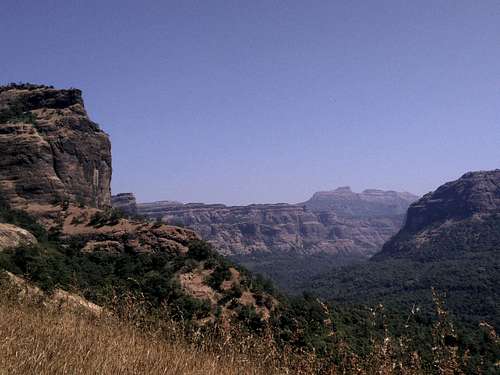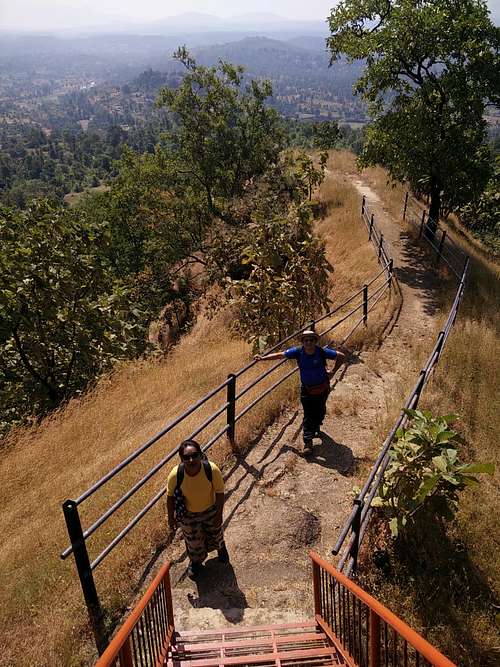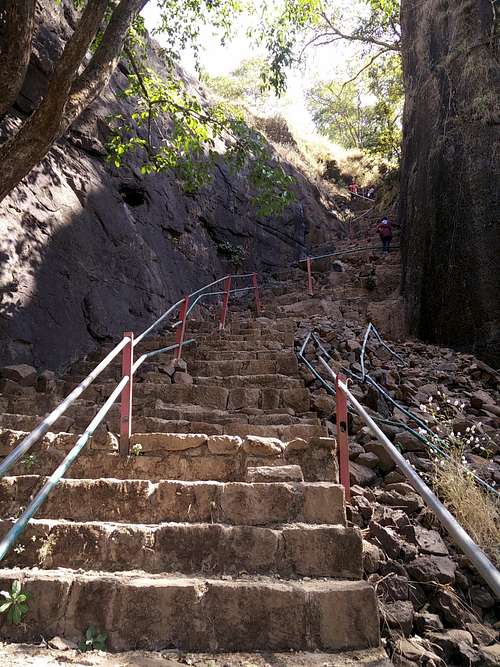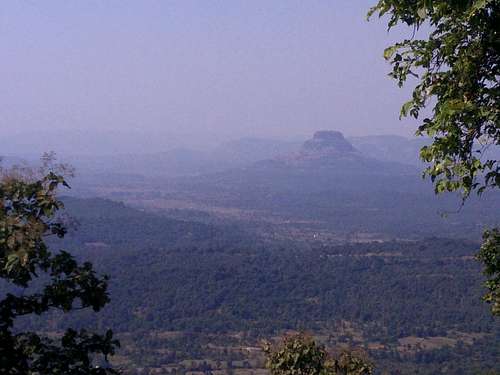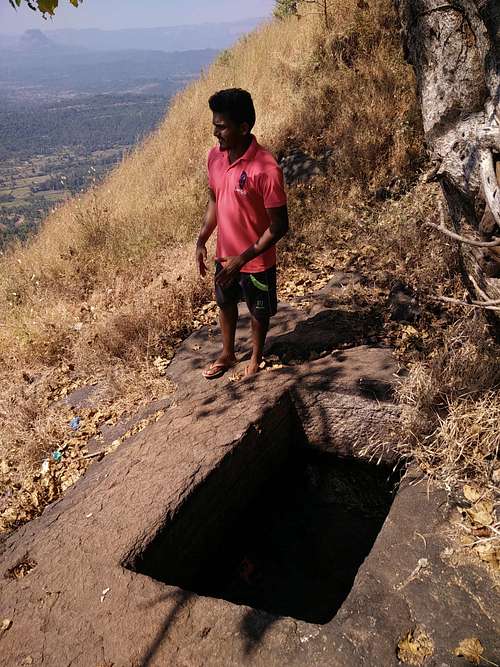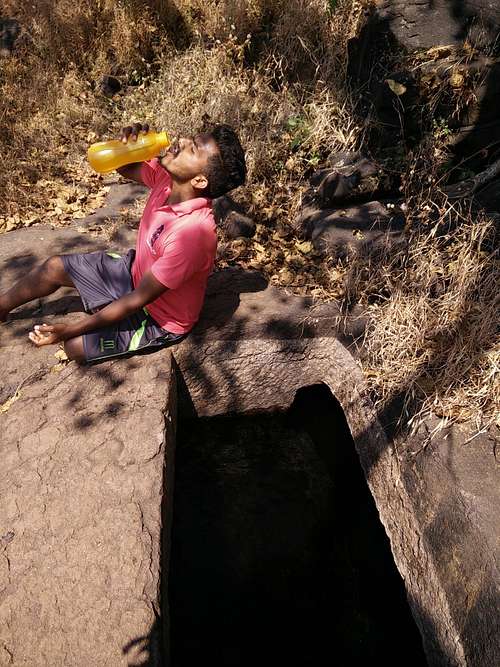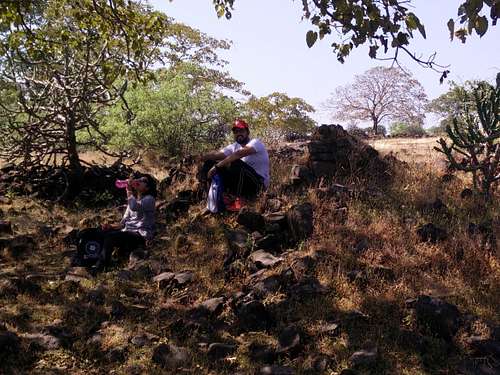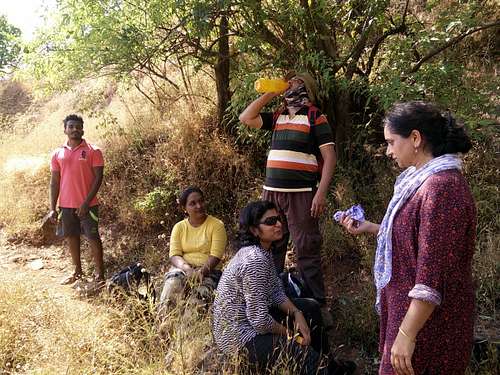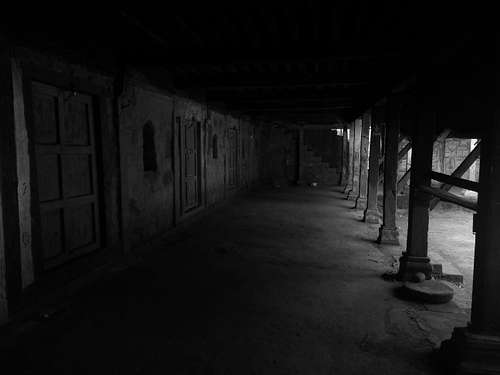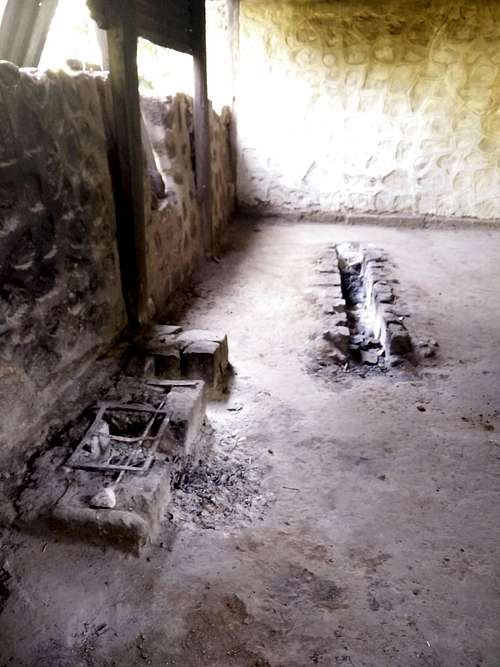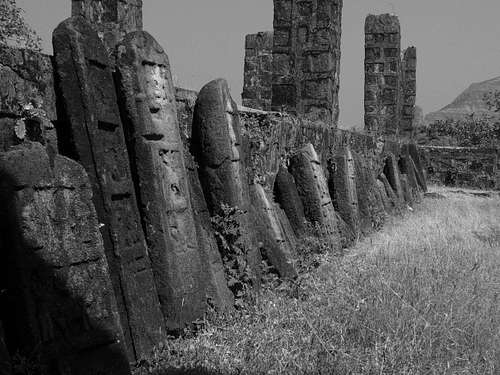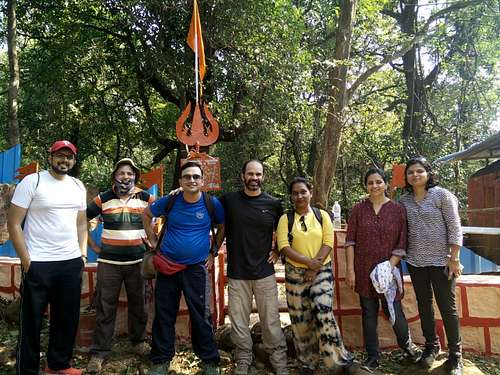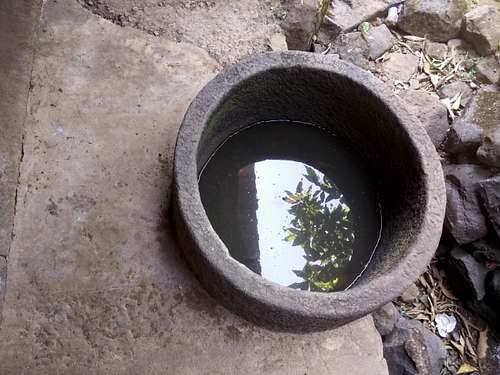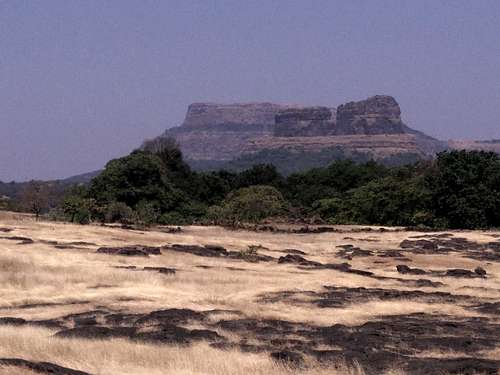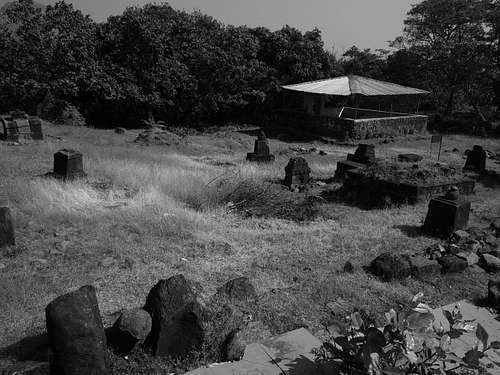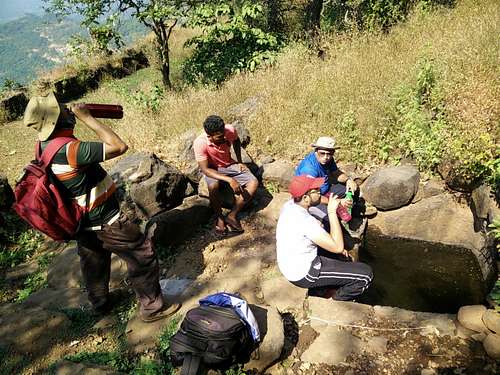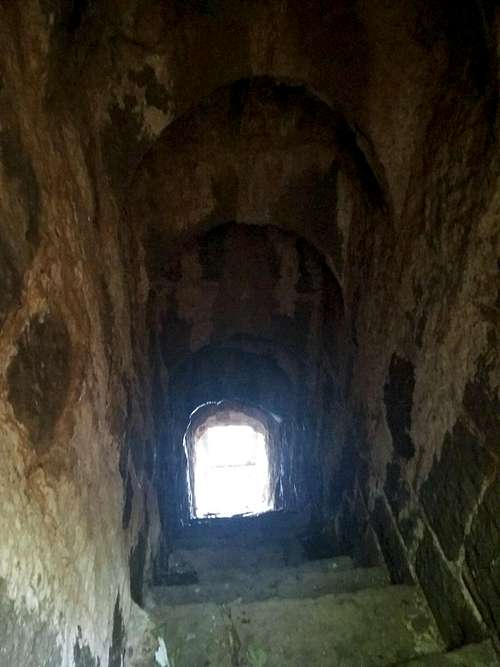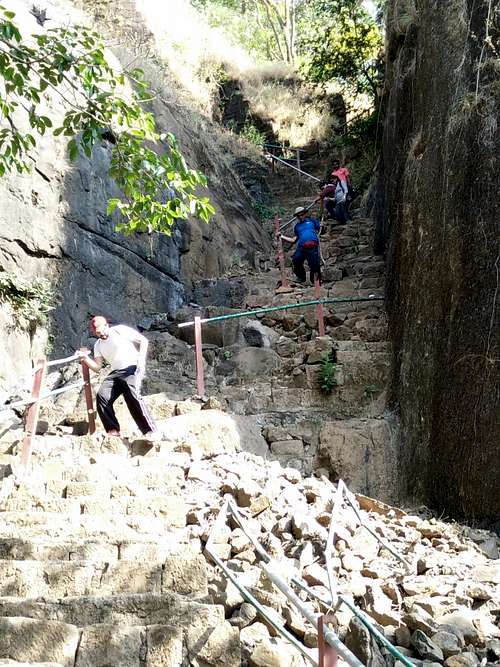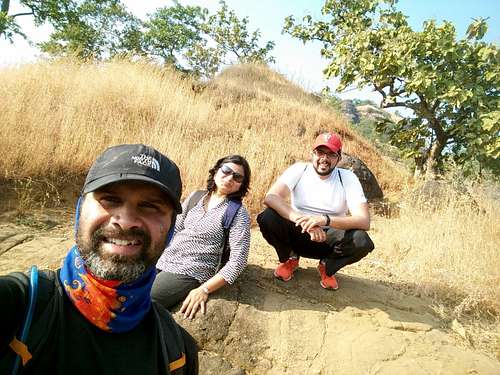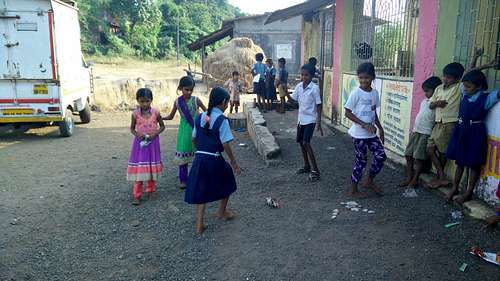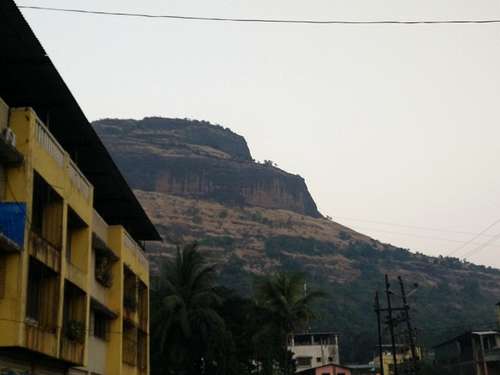|
|
Trip Report |
|---|---|
|
|
18.53900°N / 73.31800°E |
|
|
Nov 8, 2017 |
|
|
Hiking |
|
|
Winter |
Sudhagad - A Pilot Trek
Outdoors tremendously helps in personality development. It is with this notion that the new management of the university I work at, has embarked upon a journey to expose each new student to the great outdoors - thereby helping them understand themselves better.
The trek to Sudhagad was a pilot trek, which was undertaken by a team of fellow faculty members, and the main aim was to assess whether students would be able to do it or not, and whether it is doable, from Pune - in a day.
Although the time for leaving Pune was a little early - it was about 8:30 am, when we all could huddle together in a car, and zoom past morning traffic, to reach the base of Sudhagad. There was a short break, where everybody had breakfast, so that all have ample energy to climb up the fort. The exit post Khalapur toll takes you to Pen, which is famous for being one of the highly revered Ganesha temple sites in India, called the Ashtavinayak Temples. As we were approaching into Pali, we could see three pinnacles and a huge fort right next to it. But, we knew that this was Sarasgad, and Sudhagad was further ahead. A little confusion later - we were on our way to Pacchapur, and further to Thakurwadi, from where the trek begins. Our team consisted of 7 faculty members - Saket, who was the overall coordinator, Mangesh, who has extensive experience in the outdoors, and is a certified instructor as well, Mrunal, who had some experience on the hills around Pune, Meghana, who really liked to hike but had less experience, Sajeeda, who has hiked a bit, Soumitra, who has hiked a bit around Pune and me.As soon as we alighted from the car, Saket found out a young guy named Ganesh, from the local village, who would help us go up, as well as show us places of interest on the fort. We took a small water and snacks break, where we ate a few boiled eggs which I had gotten along.
The village was a small village, of about 20 - 30 huts, but it was amazing to see that there was a school in which we could see teachers teaching with utmost dedication, and students paying thorough attention to the teacher. Ourselves being teachers, it felt nice to see both the sides. Soon, we were meandering through the houses in the village, on the trail that led up to the fort.
A cow was grazing lazily, kids were playing with stones and a ball, chickens were running around everywhere, and the folks from the village didn’t seem to see anything wrong with visitors in their vicinity. Later we were told that during a particular festival time, there are about 4-5000 visitors each day! We all were shocked to listen to these unusually high numbers, but it is the temple on the fort that draws such large crowds.The trail went through some thickets, and then sometimes in the open. It was only after we had started hiking that we realized that it was getting super-hot, and we should be protecting ourselves from the sun. Within a short while, we were at the base of a iron staircase, which was installed at a critical juncture, which had a huge rock patch. This was just like on any other fort, where climbing on the rock faces becomes precarious, and could lead to injury and fatality.
After the set of two staircases were behind us, a steep climb awaited us. Sajeeda was a bit tired, and had to be pulled up along with everybody. At the end of the steep climb, the fortifications of the fort started with a huge door and a bastion on one side. Ganesh showed us a tree, at the base of which - there was a huge cistern carved in stone, which held water throughout the year! We all filled our bottles with this cool water, which proved to be a boon in the sweltering heat. As we climbed for another 15-20 minutes, we reached the plateau on the fort. This is where we all took a short break, and had whatever each member had gotten along. Consuming that variety of food, sitting in the shade of large trees, and the cool water from the cistern, to wash it all down the throat - it was pure bliss! On the way to the house where an elderly woman has been staying for the past couple of decades, Ganesh showed us a pond where we refreshed ourselves by washing our faces and hands. There were so many fish in the pond that I suggested the ladies in our group could easily do a fish-pedicure there - and that too, free of charge!On the way from the pond, we encountered another pond which was filled with flowers, which gave it a different kind of inexplicable beauty. The flowers waved at us, while the water shone in bright sunlight against the backdrop of the mighty Tel-Baila, a twin-peak pinnacle which was visible to us all along. Ghangad was one more fort, which was visible to us, and we had the ever-deep Kundalika Valley spreading her arms in between us and these two silent observers. Ganesh told me that it is possible for us to go to Tel-Baila from the base of Sudhagad, and the trail winds its way through Kundalika Valley. I assumed - it must be one hell of a trek!
We reached the home where the lady stays. Her husband had passed away just a few months back, and she was all by herself. Her nephew used to stay with her - although he used to go to Thakurwadi everyday in the morning, and return only at night.
She was kind enough to ask us whether we would like some tea or not. We politely declined the kind offer, and made our way to the the Pancha-Pratinidhi waada, which was home to one of the senior officials during the King’s rule. The waada was kept intact, and the doors were locked. The lady used to keep the key to the main door, and we were told that during festivals, visitors stay here at the waada. Just behind the waada was a very deep well, square in shape, and around 150 feet deep. People used to clean it in the earlier days. But, nowadays nobody bothers, and it had gotten full of mulch and garbage. It was sad to see the state of the well, and I wondered - how - at one end, there is a scarcity of water, and on the other end, we, as human beings, are killing sources of water.We proceeded towards the Mahadev temple and the goddess temple, and saw a bunch of buffaloes enjoying themselves in a huge pond.
Ganesh told us that the farmers drop these animals off from Diwali (Oct) to next monsoon (June) of next year. They enjoy up here, as there is plenty to eat and drink. When people died, they were buried at various places, and a tombstone was kept to mark these places. There were many such tombstones outside the temple, while inside the temple - there was information regarding the fort and the flora and fauna on it. The fort was a total of 55 hectares, which meant more than 110 acres. And, it held a lot of importance in the history of Shivaji Maharaj, as it was the base of this fort where Sambhaji Maharaj had planned a very critical meeting with the Mughals. The Mahadarwaja of the fort on the other side (Dondse) was about 15 minutes away, so we decided to call it quits and started walking back towards the place from where we had climbed up. We also gave the “Takmak Tok” a miss, as it would have taken another 15 minutes. This was a terminology used on Raigad, where culprits who had committed grave crimes, used to be thrown in the valley below. This part of the fort had sheer walls of hundreds of feet steep, where chances of survival were nil. The highlight of the trek however was - the secret door (chor-darwaja), through which people on the fort could run away, in the event that the fort gets attacked and there are less chances of survival. Everybody didn’t come, but those who saw it definitely considered it to be worth it. The trail from outside the exit was all in bushes, as nobody uses it anymore. And, the entrance to that place was also so dingy and cool - there was some eeriness about that place. To top it all - we could see a bat or two hanging on the ceilings, happily sleeping, ready to scare you, if you try something funny.The return journey was already started by Mangesh, Meghana and Sajeeda. Myself, Soumitra, Mrunal and Saket explored a few additional things, and headed back. We caught up with the three of them, and we realized that Sajeeda was the first one to descend, and she was descending fast. Many people feel that descending is easier than ascending; but that is absolutely not true. Meghana had a hard time descending, as she slipped once, and that is where she lost a little bit of confidence. Soumitra, Mrunal and myself climbed down the mountain at a constant pace, and reached the base village. Others made it within half an hour. As we sat near the school, I saw how carefree the students were. They didn’t have footwear, their dresses weren’t ironed / clean. And, they held their notebooks and pencils in their hands. They couldn’t afford a ball, so they were playing with a bag of chips, which was filled with something - which didn’t hurt. All I could see was - they were happy. And, at the end - that is what matters in life!Our trek finished with a hearty lunch in the village of Pali. Meghana had a splitting headache, which disappeared after taking the required medication. The return journey was pleasant, with the sun going down, and silhouettes of both Sarasgad and Sudhagad towering upon us from behind - making sure we reach our homes on time - to be with our family.


